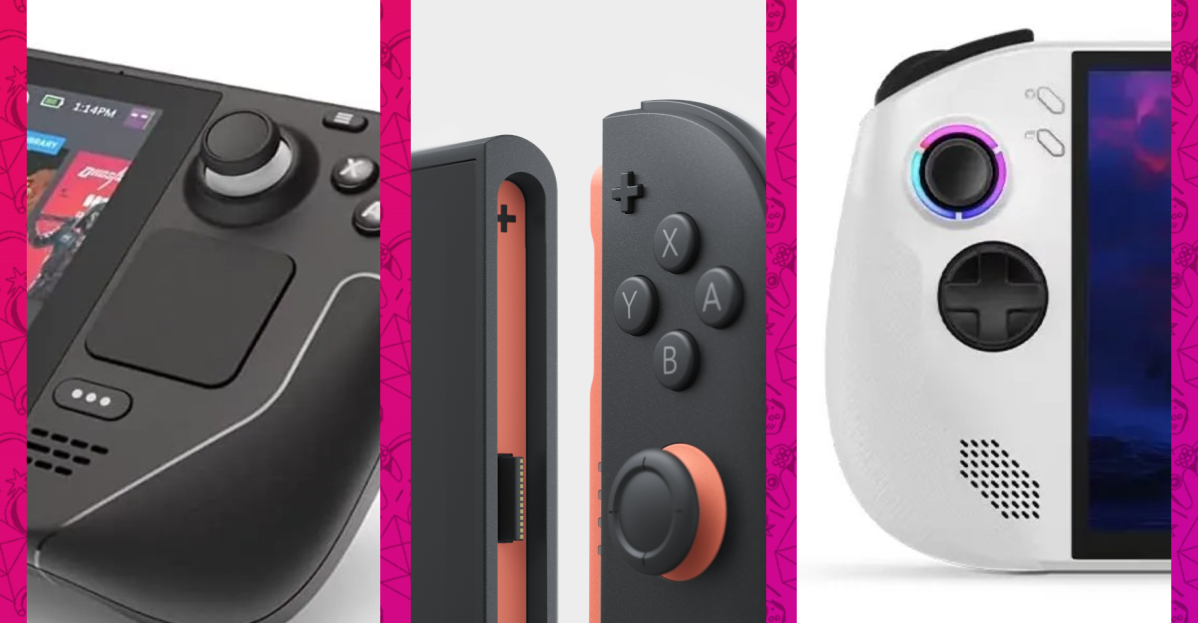Steam Deck vs. Switch 2: The Handheld Gaming Revolution Heats Up

The Steam Deck has captured the imagination of gamers worldwide, but there's a catch: this revolutionary handheld gaming device isn't as readily available as you might hope. Unlike typical electronics that line the shelves of big-box retailers, the Steam Deck remains somewhat elusive to impulse buyers and casual shoppers.
While the device has generated tremendous buzz among gaming enthusiasts, spontaneous purchases at your local Walmart are still off the table. Valve's innovative handheld gaming system continues to operate primarily through a reservation and online ordering system, creating a sense of anticipation and exclusivity that has only heightened gamers' interest.
For those eager to get their hands on a Steam Deck, patience and strategic planning are key. The device still requires potential owners to navigate Valve's reservation process, making it more of a targeted purchase than a grab-and-go electronics item. This limited availability has only added to the Steam Deck's mystique and desirability in the gaming community.
